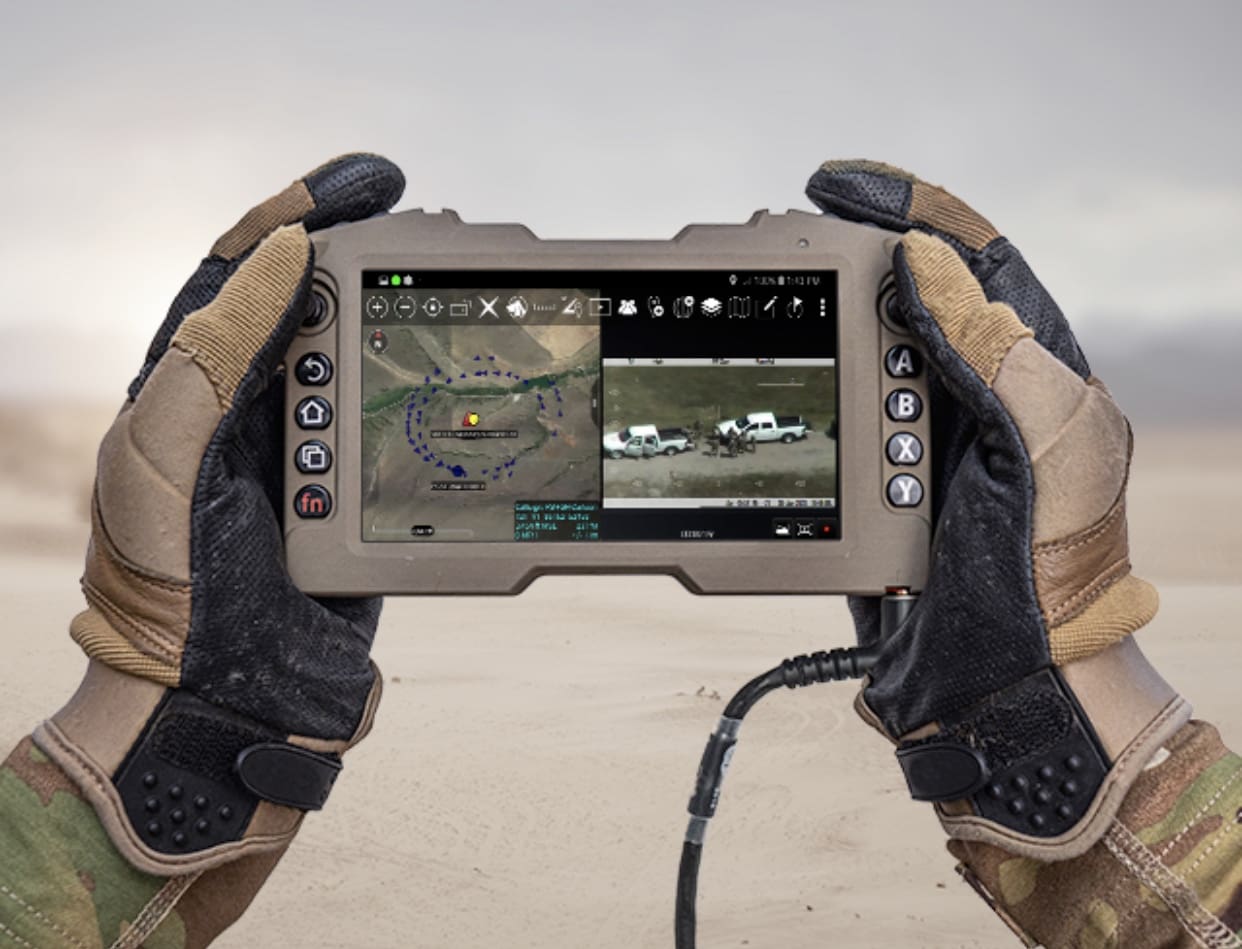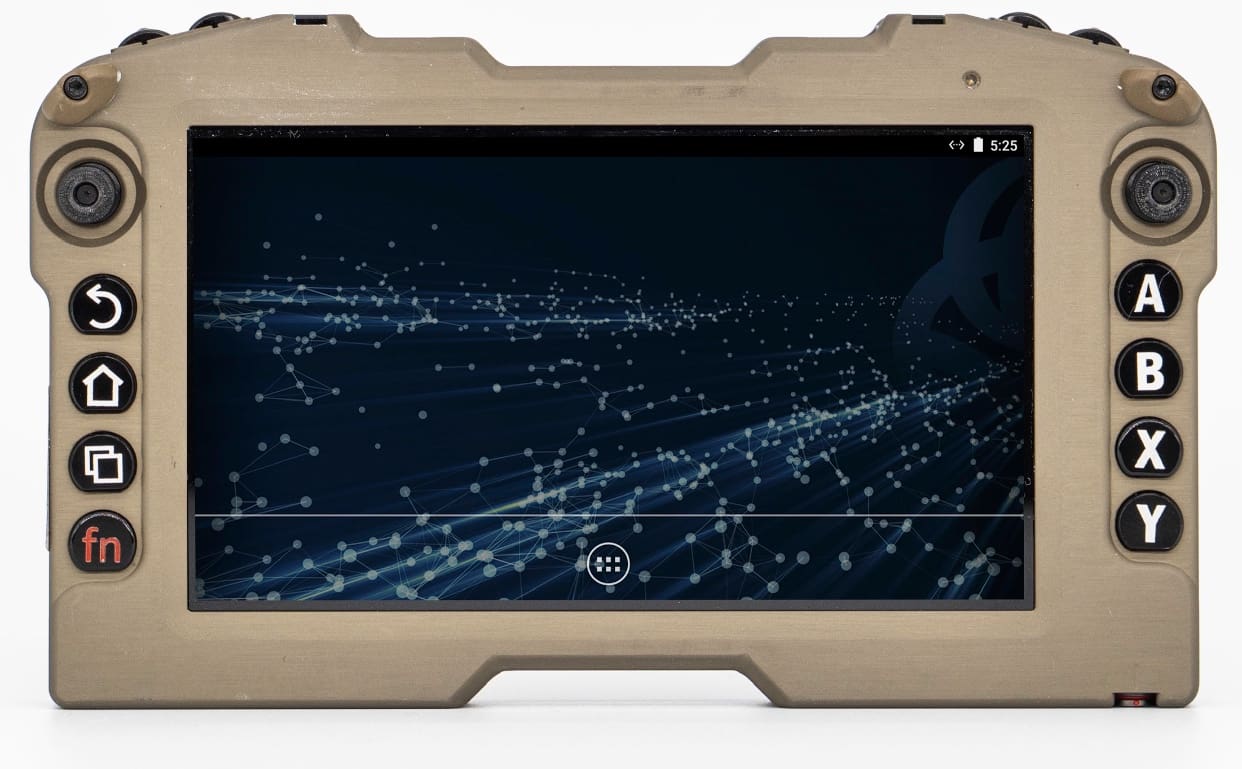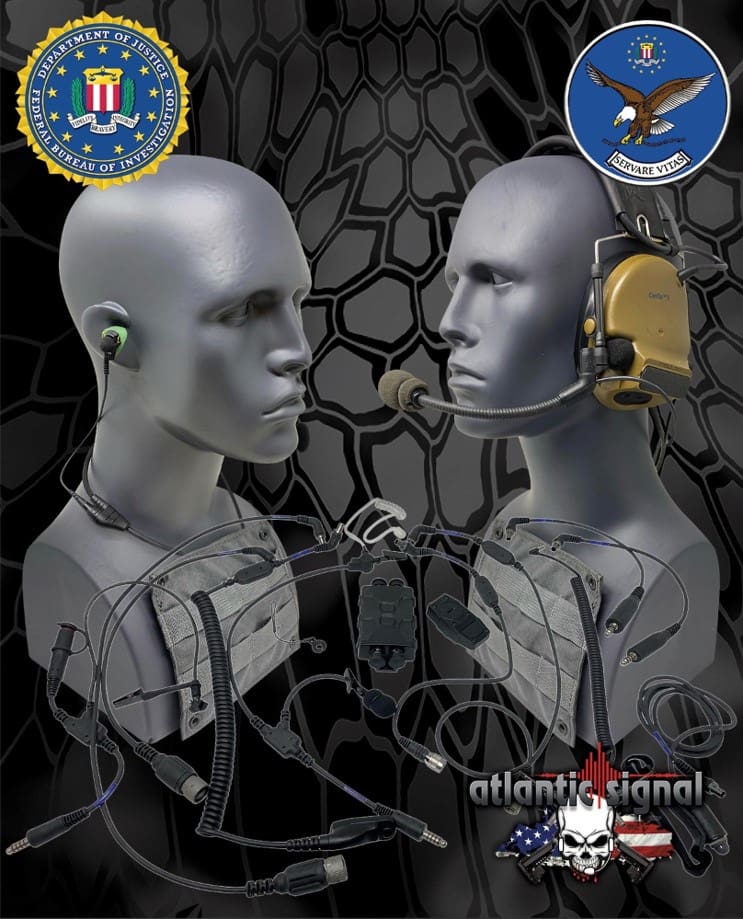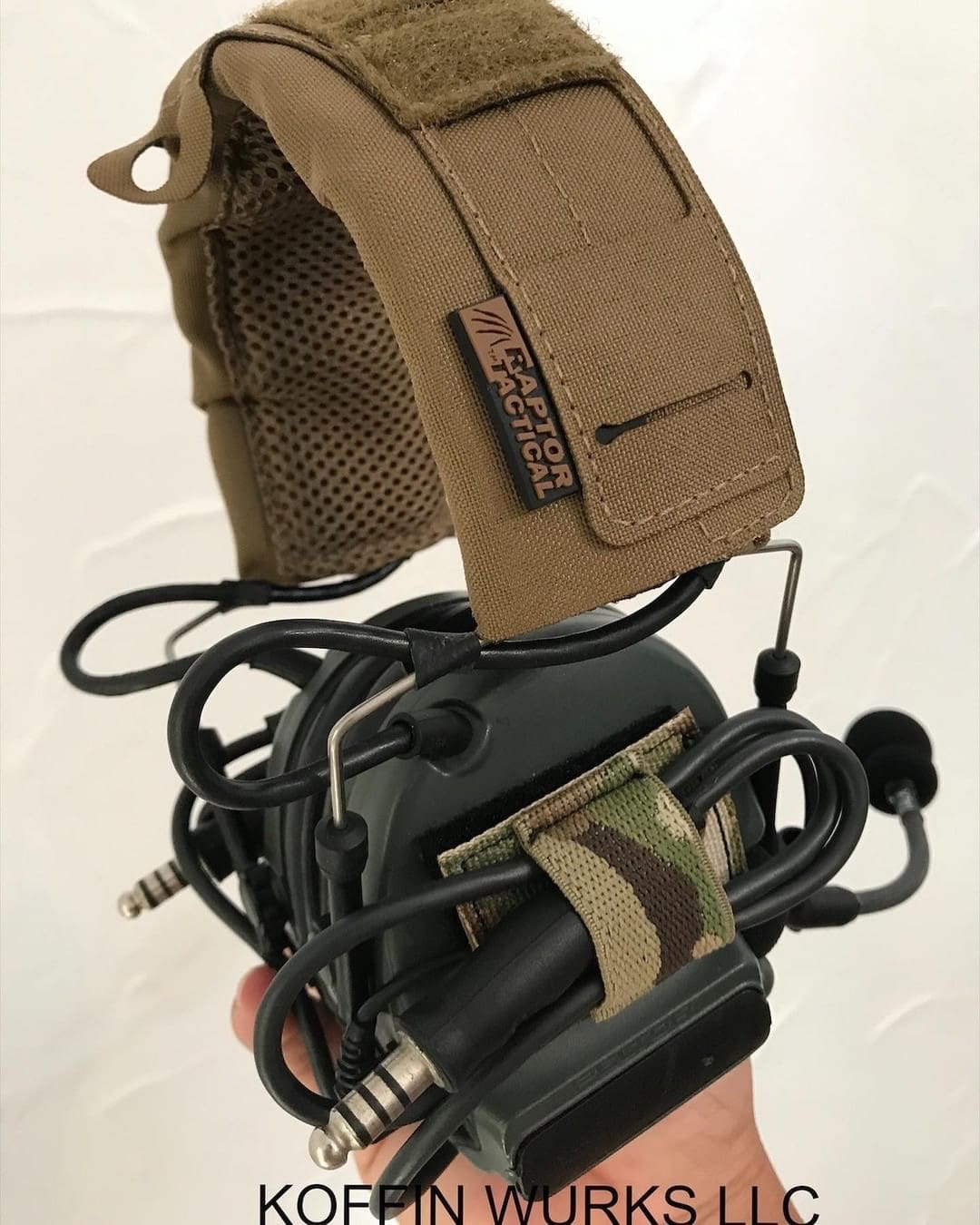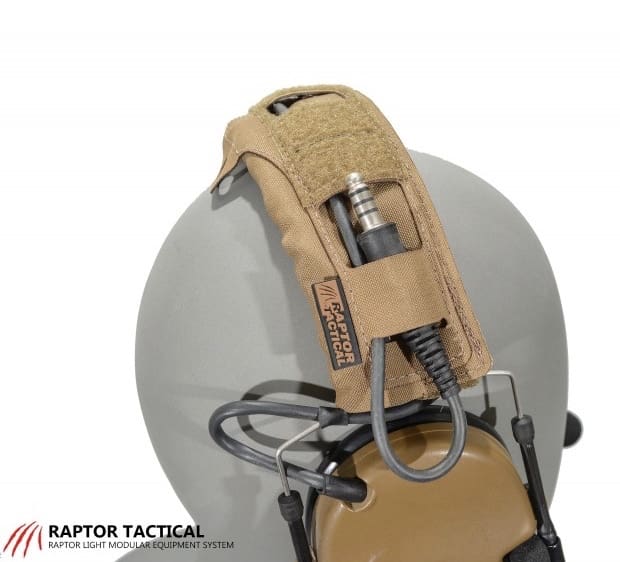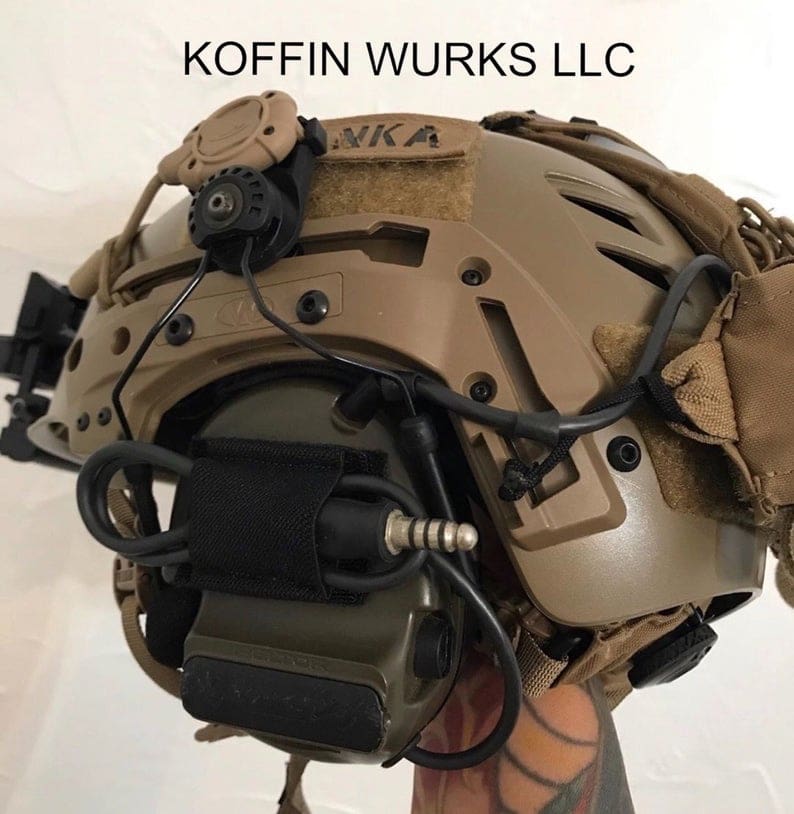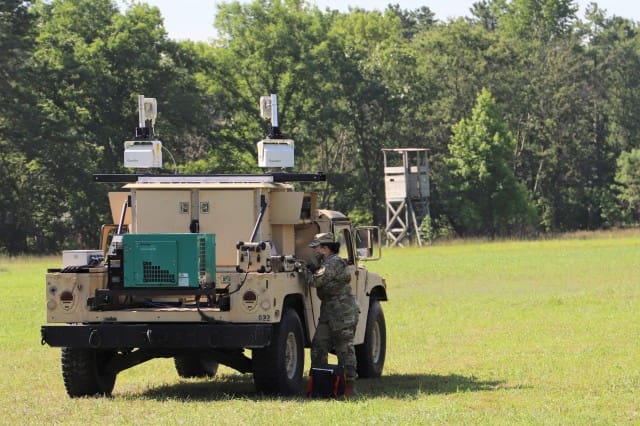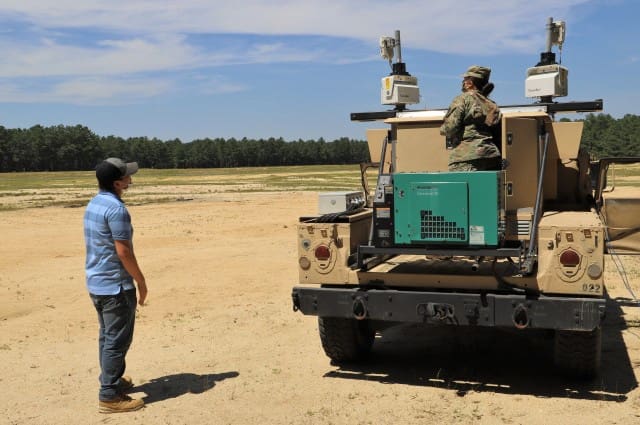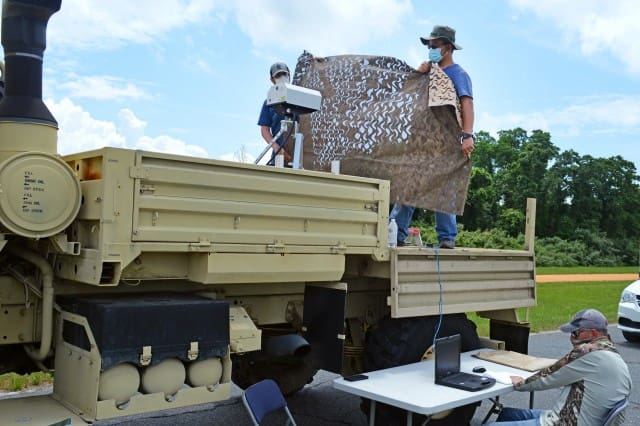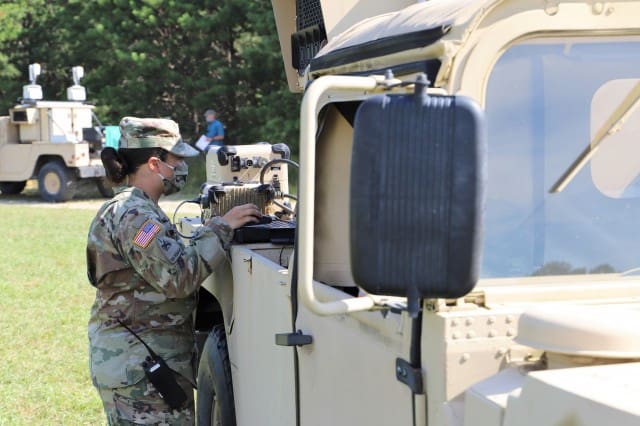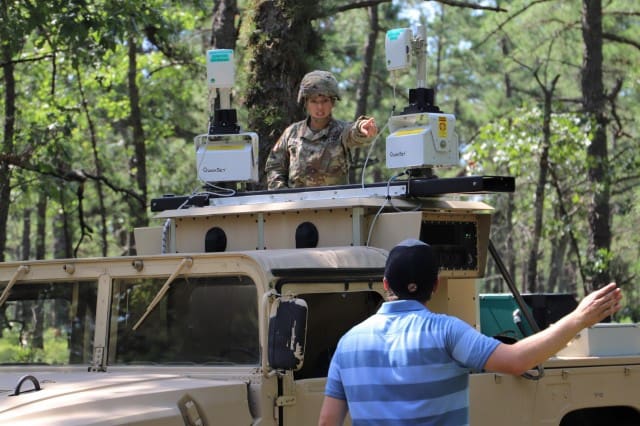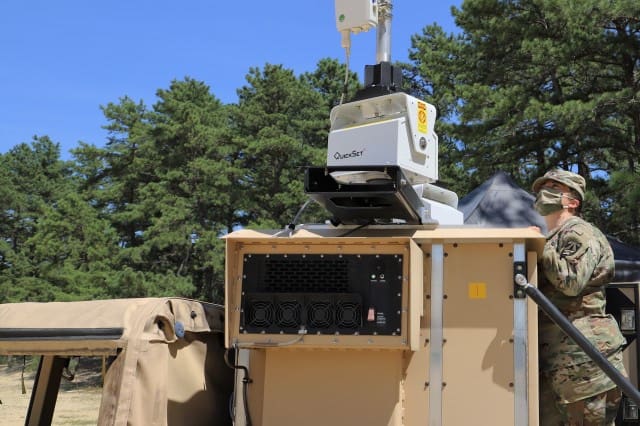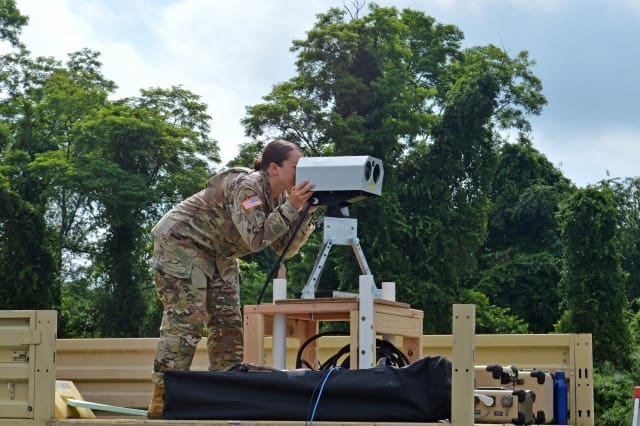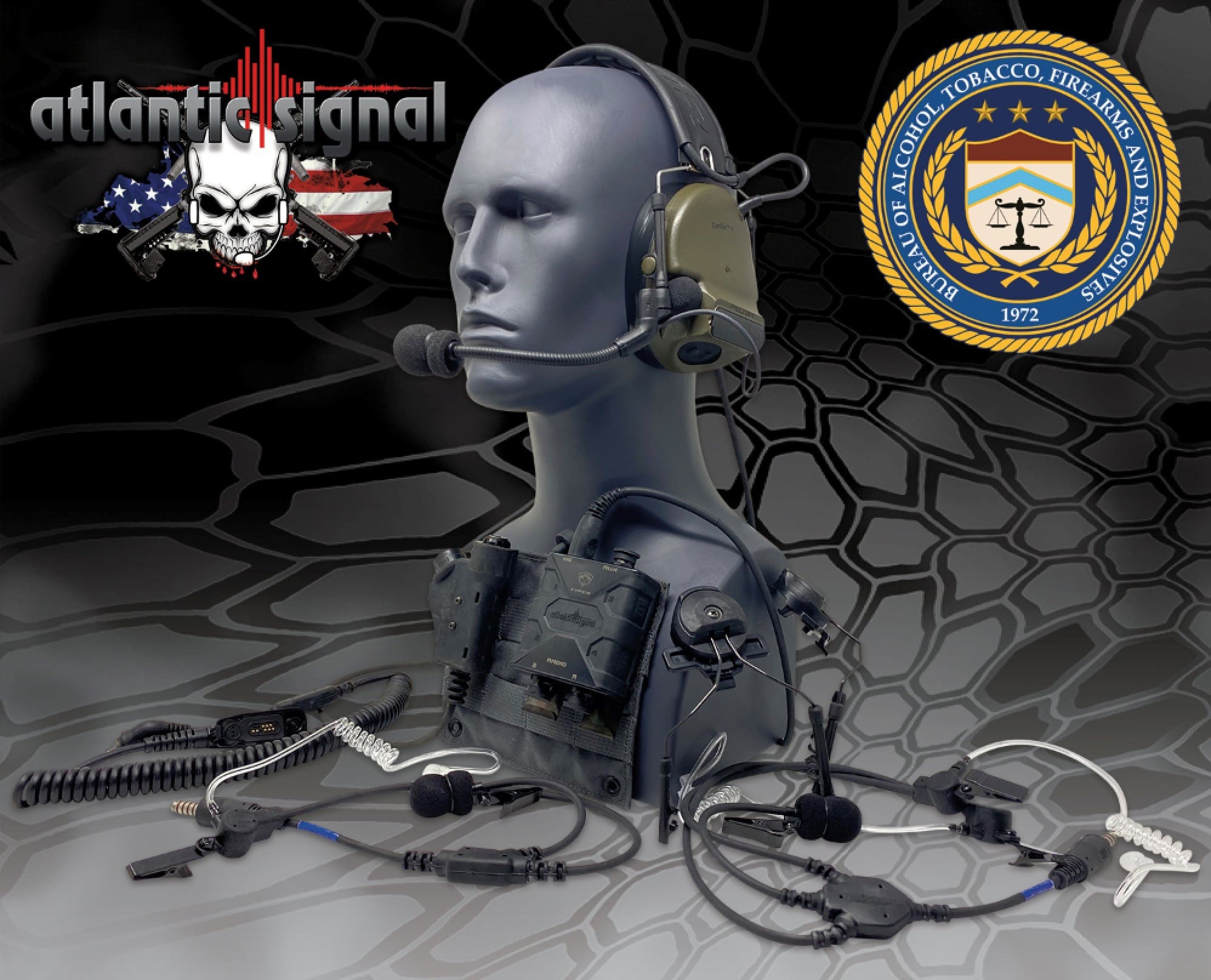Berlin, 2020-09-17 – The best tool is the one that you always have on you, and the WNDSN MIL/MOA Range Calculator Dog Tag takes this saying literally. Upon customer request, WNDSN has developed a version of its popular MIL/MOA Range Calculator in the classic military dog tag format. This is the smallest usable range calculator, a tool that belongs on every explorer’s and marksman’s neck.
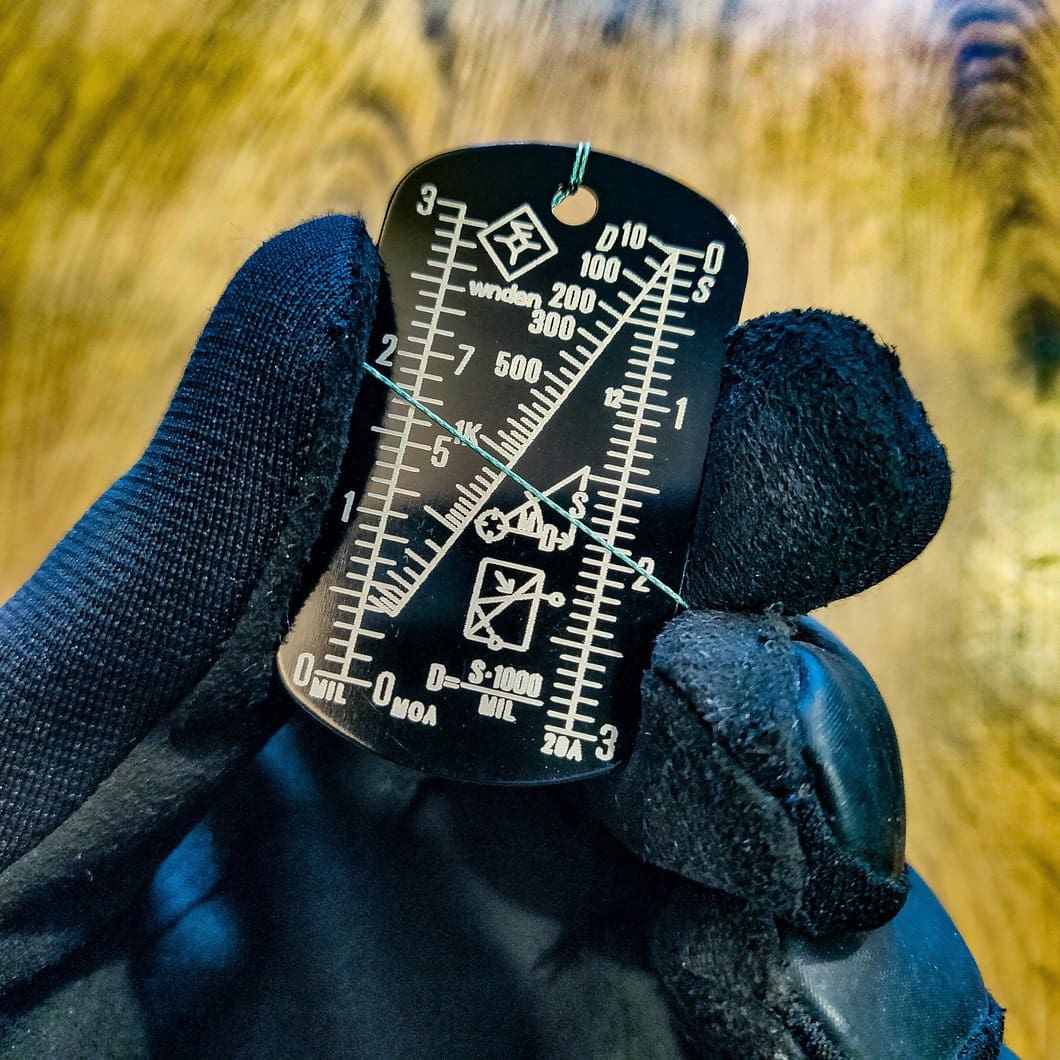
Designed for professional and recreational use, the MIL/MOA Range Calculator Dog Tag allows the user to input the MIL or MOA from their scope’s reticle and return the distance to the target of known dimension. This takes out the guesswork of gauging distance, enabling accurate range estimation and eliminating mental calculation errors while under stress.
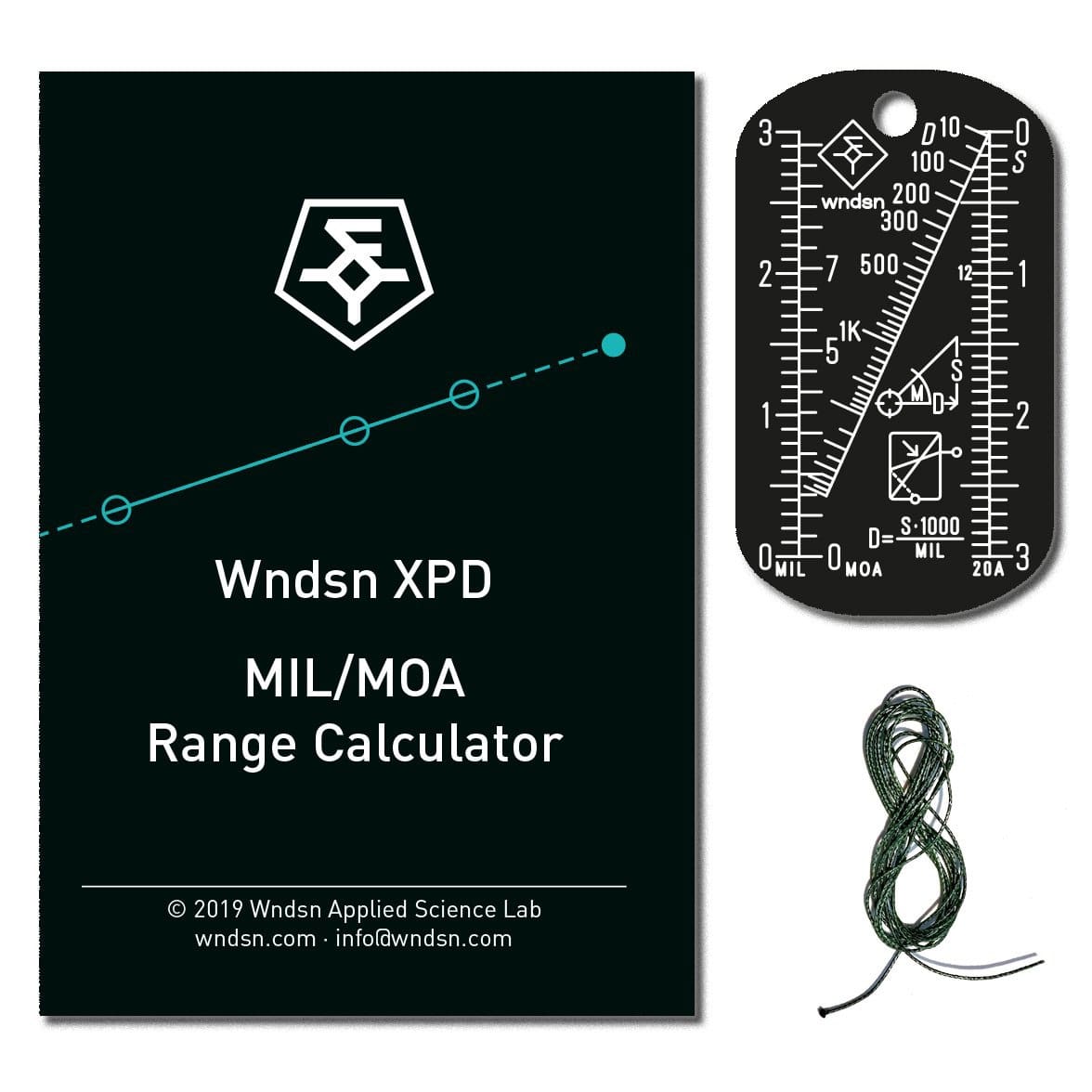
The WNDSN MIL/MOA Range Calculator Dog Tag is made from black anodized aluminum according to U.S. standards for dog tags and weighs next to nothing. Like all WNDSN products, it features laser-engraved scales and includes instructional icons to create a self-contained tool. The backside is intentionally left blank, enabling the user to either sandwich the Range Calculator Dog Tag to the back of regular dog tags or to add additional information, velcro, or marker tabs.
“How far is my 3.5 mil, 12 inch target again?”
The Dog Tag’s scales are unitless, which means that the user can input MIL or MOA on the left side, and for the object size, if the value is in meters, input meters on the S-scale, and read the resulting distance meters on the D-scale. If the object size is in feet, feet is input and read as feet; to convert the result from feet to yards, the value is divided by 3. If the target size is in inches, the inner, left hand S-scale is used, which is graduated as 3 feet divided in 12 inches each. Inputting inches this way, the resulting value on the right hand D-scale is in feet.
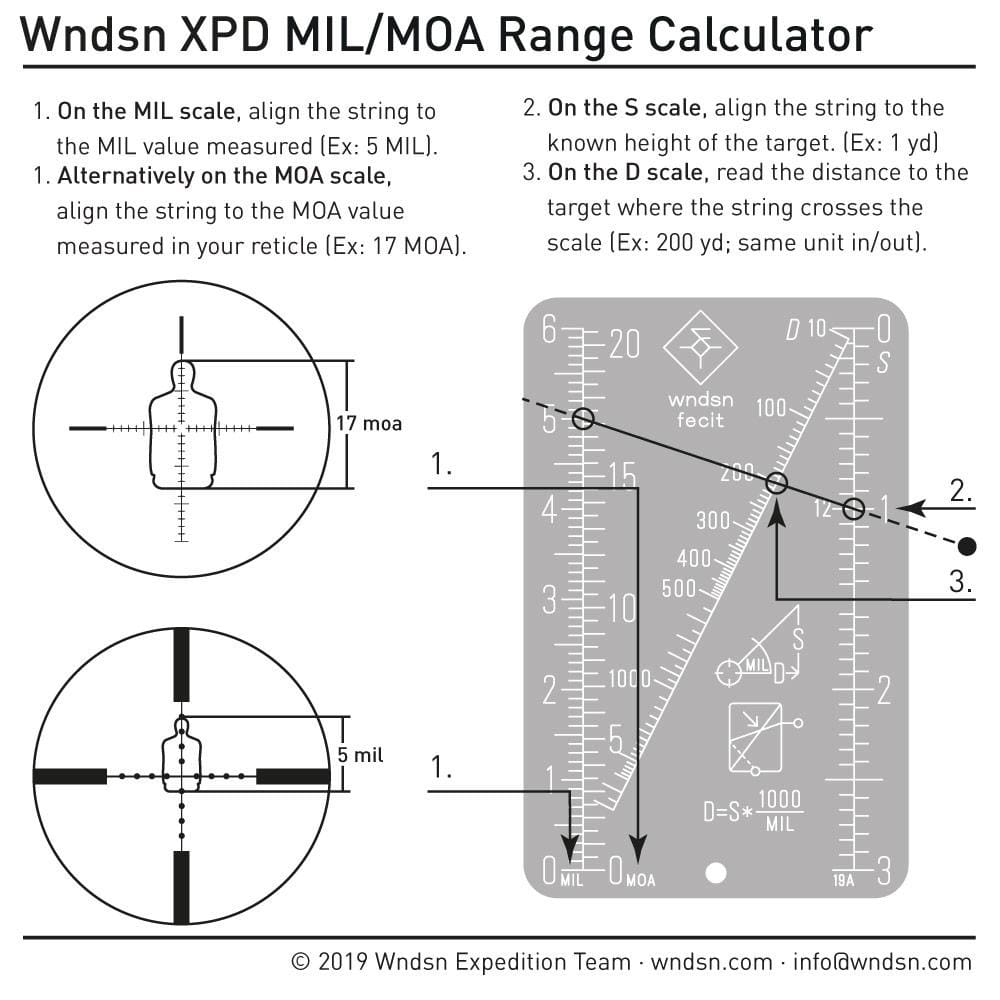
For sub-degree angular sizes (1° = 60 minutes or MOA), the Dog Tag calculator provides increased precision by allowing direct input and calculation in MIL (milliradian) or MOA. The Dog Tag calculator can thus be used as a high distance/high precision companion to WNDSN Telemeters, it uses the same principles of calculating distance from angular size, only that with the Dog Tag calculator, the sighting and measurement isn’t done with the naked eye on the instrument but instead, the input values come from rangefinding reticles or similar devices.
Under certain conditions or in cases where laser rangefinders tend to fail or result in errors, WNDSN Telemeters prevail and can be used as primary or “second opinion” tools, to cross-check values obtained with different means, or in austere situations when other methods fail, are unavailable or contraindicated.
The device carries the WNDSN maker’s marks; usage instructions are engraved and supplemented by an included printed how-to booklet in both English and German. An 400-page printed comprehensive manual is available separately at WNDSN or via bookstores.
store.wndsn.com/products/wndsn-range-calculator-dogtag-3×3-aluminum


